Stella Stevenson’s The Trope is a delightful exploration of love, anxiety, and the often messy intersection between fiction and reality. At its heart, the novel is a coming-of-age story that delves into the complexities of relationships, particularly the way we romanticize them through the lens of literature. The protagonist, Maggie, is a relatable character whose struggles with anxiety and unrequited love resonate deeply, making her journey both compelling and poignant.
The narrative begins with Maggie, a writer who has always found solace in books, using them as an escape from her anxiety and as a means to navigate her feelings for her best friend’s older brother, Dean. This setup is not just a classic trope; it serves as a mirror reflecting the insecurities and fantasies that many readers may have experienced in their own lives. Maggie’s internal conflict is palpable—she is torn between her long-held fantasies and the stark reality of her feelings. This duality is a central theme throughout the book, as Maggie grapples with the authenticity of her emotions versus the scripted narratives she has grown up with.
One of the most striking aspects of The Trope is its exploration of the concept of “faking it.” Maggie’s decision to enter a faux relationship with Dean in hopes of igniting real chemistry is a clever narrative device that allows Stevenson to explore the nuances of attraction and connection. The relationship between Maggie and Dean is fraught with tension, as Maggie’s expectations clash with the reality of their interactions. This tension is expertly crafted, leading readers to question whether love can truly be manufactured or if it must arise organically.
As the story unfolds, the introduction of Mac, the quiet and grumpy character, adds another layer of complexity to Maggie’s journey. Mac serves as a foil to Dean, embodying the kind of authentic connection that Maggie has been yearning for but has yet to recognize. Stevenson skillfully contrasts the two male characters, highlighting the differences between superficial attraction and genuine compatibility. This dynamic forces Maggie to confront her preconceived notions about love, ultimately leading her to a deeper understanding of herself and her desires.
Stevenson’s character development is one of the novel’s strongest points. Maggie is not just a passive protagonist; she evolves throughout the story, learning to navigate her anxiety and the expectations she places on herself and others. Her growth is gradual and realistic, making her journey relatable to anyone who has ever felt trapped by their own fantasies. The author’s ability to portray Maggie’s internal struggles with such authenticity allows readers to connect with her on a personal level, making her eventual realizations all the more impactful.
Thematically, The Trope tackles the idea of narrative versus reality, particularly in the context of romance. Maggie’s reliance on romance novels as a guide for her own love life serves as a commentary on how literature can shape our perceptions of relationships. Stevenson invites readers to question the narratives they consume and how those narratives influence their expectations of love. This theme is particularly relevant in today’s society, where media often presents idealized versions of romance that can lead to disillusionment in real-life relationships.
Moreover, the novel addresses the stigma surrounding mental health, particularly anxiety. Maggie’s struggles are portrayed with sensitivity and depth, allowing readers to empathize with her experiences. Stevenson does not shy away from depicting the challenges that come with anxiety, but she also highlights the importance of seeking support and finding ways to cope. This representation is crucial, as it fosters a sense of understanding and acceptance for those who may be grappling with similar issues.
In terms of pacing, the novel flows smoothly, with a well-structured plot that keeps readers engaged. The dialogue is sharp and witty, often infused with humor that lightens the more serious themes. Stevenson’s writing style is both accessible and evocative, making it easy for readers to immerse themselves in Maggie’s world. The vivid descriptions and relatable scenarios create a rich backdrop for the characters’ development, enhancing the overall reading experience.
Comparatively, The Trope can be likened to works by authors such as Emily Henry and Talia Hibbert, who also explore themes of love, self-discovery, and the complexities of modern relationships. Like Henry’s Beach Read, Stevenson’s novel delves into the intricacies of writing and the impact of storytelling on personal growth. Similarly, Hibbert’s characters often navigate their own anxieties and insecurities, making for relatable and heartfelt narratives. However, Stevenson’s unique voice and perspective set The Trope apart, offering a fresh take on familiar themes.
In conclusion, The Trope by Stella Stevenson is a beautifully crafted novel that resonates on multiple levels. It invites readers to reflect on their own experiences with love and anxiety while providing a thoughtful commentary on the narratives we create and consume. With its rich character development, engaging plot, and relevant themes, this book is a must-read for anyone who has ever found themselves lost in the pages of a romance novel, only to discover that real life is far more complicated—and ultimately, more rewarding.
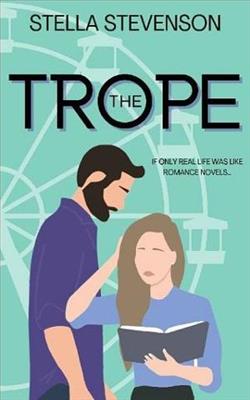



![Lilac 200% [Official]](/upload/pic/manga/lilac-200--official-.jpg)
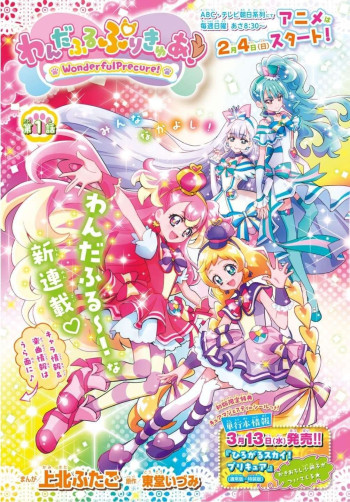


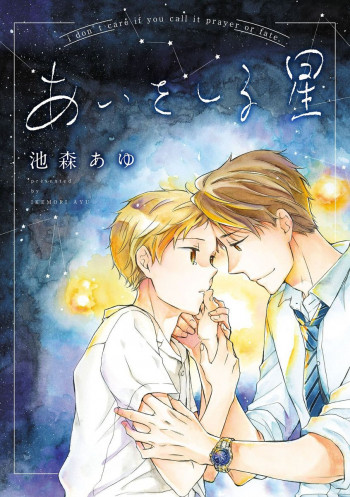

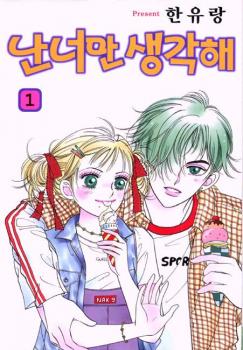
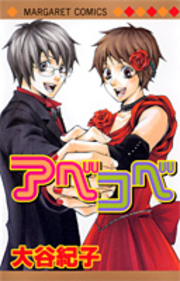

![Book Eater [Official]](/upload/pic/manga/book-eater--official-.jpg)










Reviews 0
Post a Reviews: